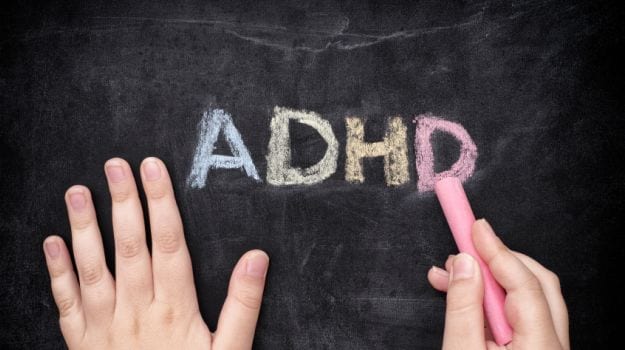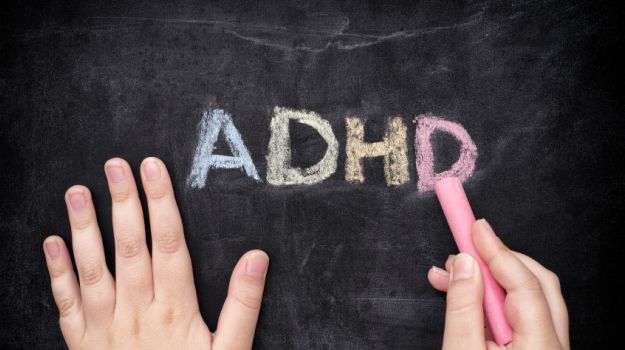 A new study suggests that the increasing academic stress on younger children is likely to be the reason behind the high prevalence of attention-deficit disorder.
A new study suggests that the increasing academic stress on younger children is likely to be the reason behind the high prevalence of attention-deficit disorder.
Researchers from the University of Miami in the US hypothesized that increased academic standards since the 1970s have contributed to the rise in diagnosis of attention-deficit hyperactivity disorder (ADHD).
From time spent studying to enrollment rates in pre-primary programmes, everything had increased, and not surprisingly, in the past 40 years also saw ADHD diagnoses double, the study revealed. The results showed that from 1981 to 1997, time spent teaching three to five-year old children letters and numbers increased 30 percent.
Also, the percentage of young children enrolled in full-day programmes increased from 17 percent in 1970 to 58 percent in the mid-2000s. Further, six to eight-year old kids in 1997 saw time spent on homework increase to more than two hours a week, when a decade earlier their peers were studying less than an hour.
“When we researched educational and public policy literature for studies that documented time children spent on academic activities, we were alarmed to find how substantially education had changed since the ’70s,” said Jeffrey P. Brosco, professor at the University of Miami.
While ADHD is a neuro-biological condition, it is influenced by age-dependent behaviours and demands of the environment, the researchers noted. As academic activities have increased, time for playing and leisure has decreased, resulting in some children being seen as outliers and ultimately being diagnosed with ADHD.
“We feel that the academic demands being put on young children are negatively affecting a portion of them,” Brosco added.
“For example, beginning kindergarten a year early doubles the chance that a child will need medications for behavioural issues,” he said.
The study, published in JAMA Pediatrics, should not be seen as maligning full-day programming or education for young children. Children should, however, participate in learning activities that are developmentally age appropriate, the researchers suggested.
At such a young age, he adds, what’s most important is that kids experience free play, social interactions and use of imagination










